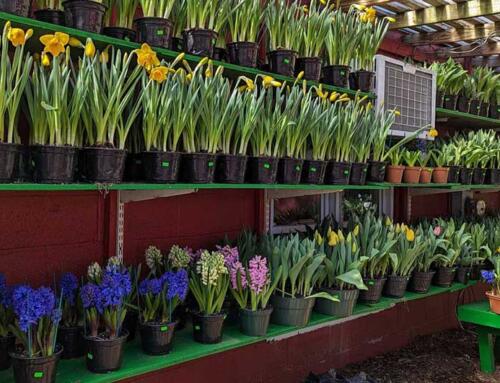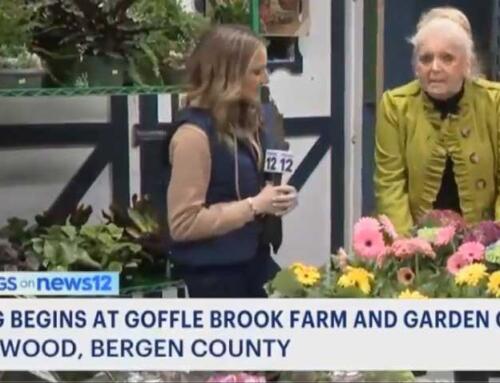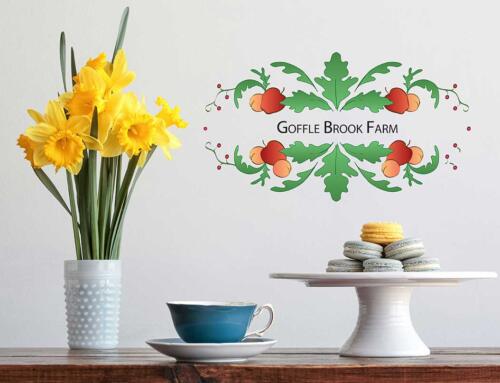Gardening with Deer
Wow, ten years ago I would have laughed if someone told me they had to worry about deer in the Bergen/Passaic area. Now however we have deer problems and this is no laughing matter!
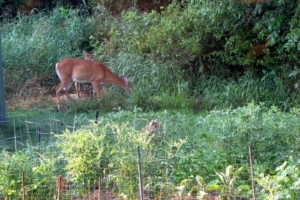 White tailed deer are beautiful animals, graceful and elegant when in motion however to the homeowner trying to grow a garden they can be destructive pests.
White tailed deer are beautiful animals, graceful and elegant when in motion however to the homeowner trying to grow a garden they can be destructive pests.
How is a gardener to cope with these adversaries? A blend of deer-resistant plantings and repellants can help to maintain your garden. Deer-resistant planting is not an exact science. There are a few hard and fast rules because deer behavior and taste preferences vary from place to place, and even season to season.
The sight of a deer visiting your vegetable garden can ignite dread in even the most seasoned gardener. After all, a mature deer consumes from 6 to 10 pounds of food daily. What deer eat varies by region, season, and species, as well as by local habitat. In spring and summer, deer tend to feed more heavily, because pregnant and nursing does and antler-growing bucks must fuel their seasonal life stages. Of course, these are also the two seasons in which most folks grow their gardens — and therein lies the problem.
In the vegetable garden, deer tend to enjoy most of the crops you do, with the exception of rhubarb, asparagus, and garlic. Some gardeners report that deer don’t favor onions or tomatoes, but other gardeners insist they do. It really depends on availability of other food. When food is scarce, deer eat just about anything, including prickly-stemmed okra and hot peppers. Vegetables that deer seem to prefer include beans, lettuce, cabbage, and cole crops such as broccoli, cauliflower, and Brussels sprouts.
If the leaves of your affected plants look like parts have been ripped away, a deer may be the culprit.
Signs of Deer Activity
- Deer prefer to feed in early morning, at dusk, and overnight, so unless you’re outside at those times, you may never see a deer in your garden. Look for these clues to know if they’ve been there.
- Hoof prints. Deer prints resemble upside-down hearts. In soft earth, you may not see the actual print; instead you’ll note deep, almost cylindrical holes poked into soil.
- Droppings. Look for small piles of round, pebble-like droppings.
- Trampled plantings. When deer walk through the garden, they don’t always stick to the footpaths.
- Torn leaves. Deer lack upper front teeth (incisors), so when they bite a plant, they jerk their heads and pull, creating a ragged, torn edge on leaves and stems. Rabbits and gophers, on the other hand, have both upper and lower incisors, so their feeding creates neatly clipped edges. When they chew on your plants, it looks like someone has gone through the garden with clippers.
Grow unpalatable plants
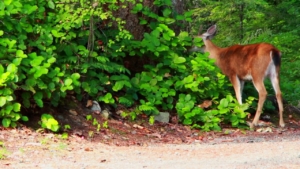 Few plants are totally deer-proof, but there are many plants that deer may leave alone, depending on where you live. Different deer species tend to have different food favorites that they prefer. And as the deer population increases, there’s naturally less food to go around. As such, a less desirable plant may suddenly become gourmet fare.
Few plants are totally deer-proof, but there are many plants that deer may leave alone, depending on where you live. Different deer species tend to have different food favorites that they prefer. And as the deer population increases, there’s naturally less food to go around. As such, a less desirable plant may suddenly become gourmet fare.
For example, deer will usually avoid our taller sedums, but on years when deer are abundant and/or food is scarce they will eat them to the ground. Yet certain plantings in our garden–like santolina, germander, ceanothus, lavender and rosemary–always escape their enthusiastic nibbles.
You may notice deer devouring young plants while avoiding older and more established plantings of the same variety. And when dry conditions make native and naturalized plants even more scarce, deer may nibble garden plants they might otherwise leave alone.
The list of deer-resistant plants includes many trees, flowering and fruiting shrubs, perennials and annuals for the landscape and garden. Typically, safe bets for the vegetable garden include artichokes, cardoon, rhubarb, onions and garlic. Conifers, ornamental grasses and many culinary herbs also don’t seem to appeal to hungry deer. Just remember that what might prove to be deer-resistant in one person’s garden might not hold true in your own.

